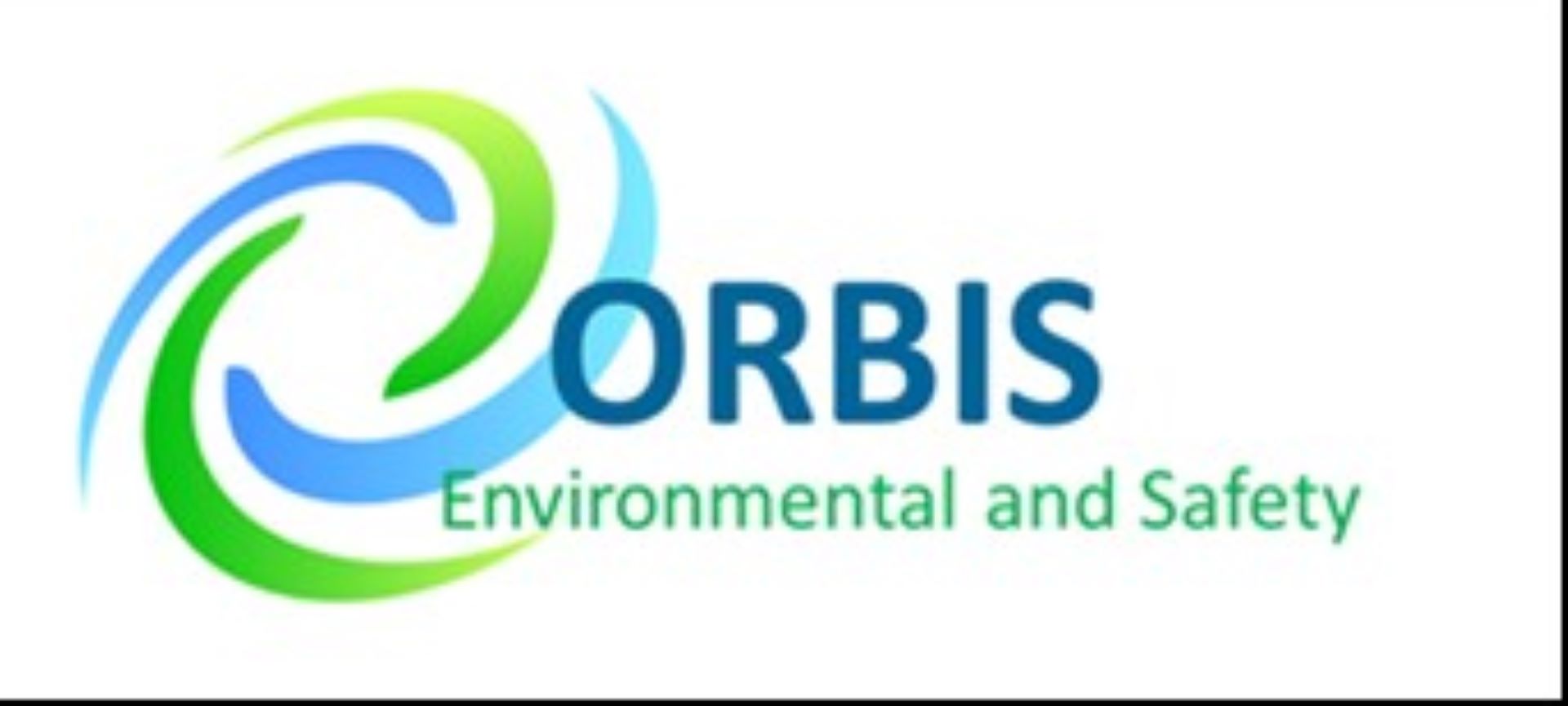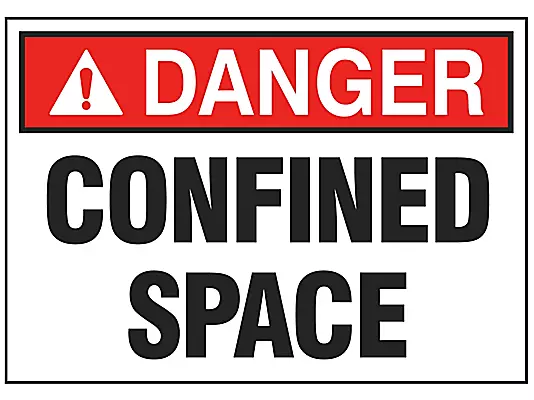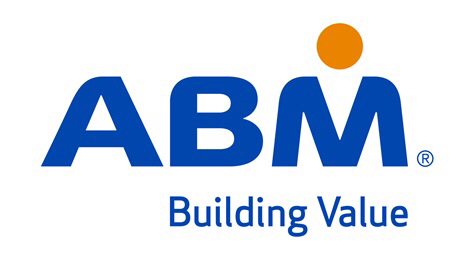Title Page
-
Address of Premises: Phase 2 Development Areas, Royal Sussex County Hospital, Eastern Road, Brighton, East Sussex, BN2 5BE
-
Conducted on
-
Prepared by
-
Building:
-
Floor
-
Room / Area
Materials and Substance Register
-
Is there Hazardous Materials Present?
-
Fluorescent Tubes: Fluorescent tubes can contain hazardous materials, including mercury, which poses a risk if not handled and disposed of correctly. Examples: Lighting fixtures containing fluorescent tubes.
-
Description of Materials / Substance
-
Quantity
-
Comments / Actions / Sample Details
-
Paints and Tiles Containing Hazardous Coatings: Some paints and tiles used in older buildings may contain hazardous coatings, including lead-based paint or other toxic substances. Examples: Lead-based paint on walls, windows, and doors.
-
Description of Materials / Substance
-
Quantity
-
Comments / Actions / Sample Details
-
Air Conditioning Systems with R22 or Other Refrigerants: Older air conditioning systems may contain refrigerants like R22, which can be harmful if not properly handled and disposed of. Examples: HVAC systems using outdated refrigerants.
-
Description of Materials / Substance
-
Quantity
-
Comments / Actions / Sample Details
-
Anthrax Contamination in Building Materials: Anthrax is not used in building materials themselves. It is not a construction material. Instead, Anthrax may be found in building materials or on surfaces within buildings due to historical research, testing, or storage activities that involved the use of Anthrax in laboratories, research facilities, or other controlled environments. Examples of Potential Sources: Historical Research Facilities may have used Anthrax for experiments or storage, Military or Biodefense Facilities for military or biodefense research could contain Anthrax or related materials, Healthcare Facilities or medical research centres that used Anthrax for diagnostic or research purposes.
-
Description of Materials / Substance
-
Quantity
-
Comments / Actions / Sample Details
-
Asbestos: Asbestos-containing materials (ACMs) were used extensively in construction before their health risks were understood. They can be found in insulation, roofing materials, floor tiles, and pipe insulation. Examples: Asbestos insulation around pipes or in ceiling tiles.
-
Description of Materials / Substance
-
Quantity
-
Comments / Actions / Sample Details
-
Lead-Based Paint: Older buildings may have lead-based paint on various surfaces, posing a risk of lead exposure, especially during demolition. Examples: Lead-based paint on walls, windows, and doors.
-
Description of Materials / Substance
-
Quantity
-
Comments / Actions / Sample Details
-
Radon: Radon is a naturally occurring gas that can enter buildings through foundation cracks and accumulate to dangerous levels indoors. It is a known cause of lung cancer. Examples: Radon seepage through cracks in the foundation, particularly in low levels such as basements and near drainage.
-
Description of Materials / Substance
-
Quantity
-
Comments / Actions / Sample Details
-
PAH & Creosote: Polycyclic aromatic hydrocarbons (PAHs) and creosote are common contaminants in older industrial sites and can pose environmental risks. Examples: PAH-contaminated soils or creosote-treated wood.
-
Description of Materials / Substance
-
Quantity
-
Comments / Actions / Sample Details
-
Hazardous Chemicals: Check for the presence of hazardous chemicals, including cleaning supplies, laboratory chemicals, and pharmaceuticals in storage. Examples: Laboratory chemicals, cleaning solvents, pharmaceuticals.
-
Description of Materials / Substance
-
Quantity
-
Comments / Actions / Sample Details
-
Oil and Hydrocarbons: Oil and hydrocarbon-based substances, if leaked or spilled, can contaminate soil and groundwater. Examples: Leaking underground storage tanks or oil spills.
-
Description of Materials / Substance
-
Quantity
-
Comments / Actions / Sample Details
-
Other Hazardous Materials: Additional materials that may be present in older buildings include pesticides, cleaning agents, and various chemicals used in building operations. Examples: Cleaning chemicals, pesticides, and industrial solvents.
-
Description of Materials / Substance
-
Quantity
-
Comments / Actions / Sample Details
-
Harmful Metals: Heavy metals like lead, cadmium, and chromium can be found in various materials and pose health and environmental risks. Examples: Lead pipes, chromium coatings.
-
Description of Materials / Substance
-
Quantity
-
Comments / Actions / Sample Details
-
Brominated Flame Retardants: Brominated flame retardants are chemicals used in furniture, electronics, and building materials that can have adverse health effects and environmental impacts. Examples: Flame-retardant-treated upholstery or insulation.
-
Description of Materials / Substance
-
Quantity
-
Comments / Actions / Sample Details
-
Phthalates: Phthalates are chemicals often used in plastics and can be found in building materials and consumer products. Examples: Vinyl flooring, plastic plumbing components.
-
Description of Materials / Substance
-
Quantity
-
Comments / Actions / Sample Details
-
Mercury: Hospitals may use mercury-containing equipment like thermometers and switches, necessitating safe removal and disposal. Examples: Mercury-containing thermometers.
-
Description of Materials / Substance
-
Quantity
-
Comments / Actions / Sample Details
-
Biological Hazards: Hospitals may have biological hazards such as pathogens, medical waste, or contaminated materials, necessitating proper disposal protocols. Examples: Medical waste, contaminated materials.
-
Description of Materials / Substance
-
Quantity
-
Comments / Actions / Sample Details
-
Medical Gas Cylinders: Identify and safely remove medical gas cylinders, including oxygen and nitrous oxide, to prevent accidents. Examples: Oxygen and nitrous oxide cylinders.
-
Description of Materials / Substance
-
Quantity
-
Comments / Actions / Sample Details
-
Radioactive Materials: Hospitals may have used radioactive materials for medical purposes, requiring proper disposal protocols to prevent contamination. Examples: Radioactive isotopes used in medical imaging.
-
Description of Materials / Substance
-
Quantity
-
Comments / Actions / Sample Details
-
Historic Contaminants: Consider historical uses of the site, which may have left behind contaminants like coal ash, lead, or other industrial residues. Examples: Coal ash deposits, historic lead-based paint.
-
Description of Materials / Substance
-
Quantity
-
Comments / Actions / Sample Details
-
Underground Storage Tanks (USTs): Check for the presence of buried USTs, which may have stored hazardous substances like fuel or chemicals. Examples: Buried fuel storage tanks.
-
Description of Materials / Substance
-
Quantity
-
Comments / Actions / Sample Details
-
Sewage and Wastewater: Assess the condition of sewage and wastewater systems for potential contamination issues. Examples: Leaking sewage pipes or wastewater treatment facilities.
-
Description of Materials / Substance
-
Quantity
-
Comments / Actions / Sample Details
-
Electrical and Fire Safety: Inspect electrical systems and fire safety equipment to ensure they are safely disconnected and removed. Examples: Disconnected electrical panels, decommissioned fire suppression systems.
-
Description of Materials / Substance
-
Quantity
-
Comments / Actions / Sample Details
-
PCBs (Polychlorinated Biphenyls): PCBs were often used as coolants and insulating fluids in electrical equipment, such as transformers, and may be found in the building's electrical system. They might also have been used in caulk and building materials. Examples: Commonly found in paints, sealants, double-glazed window kits, and compensators.
-
Description of Materials / Substance
-
Quantity
-
Comments / Actions / Sample Details
-
Record Picture of Room











